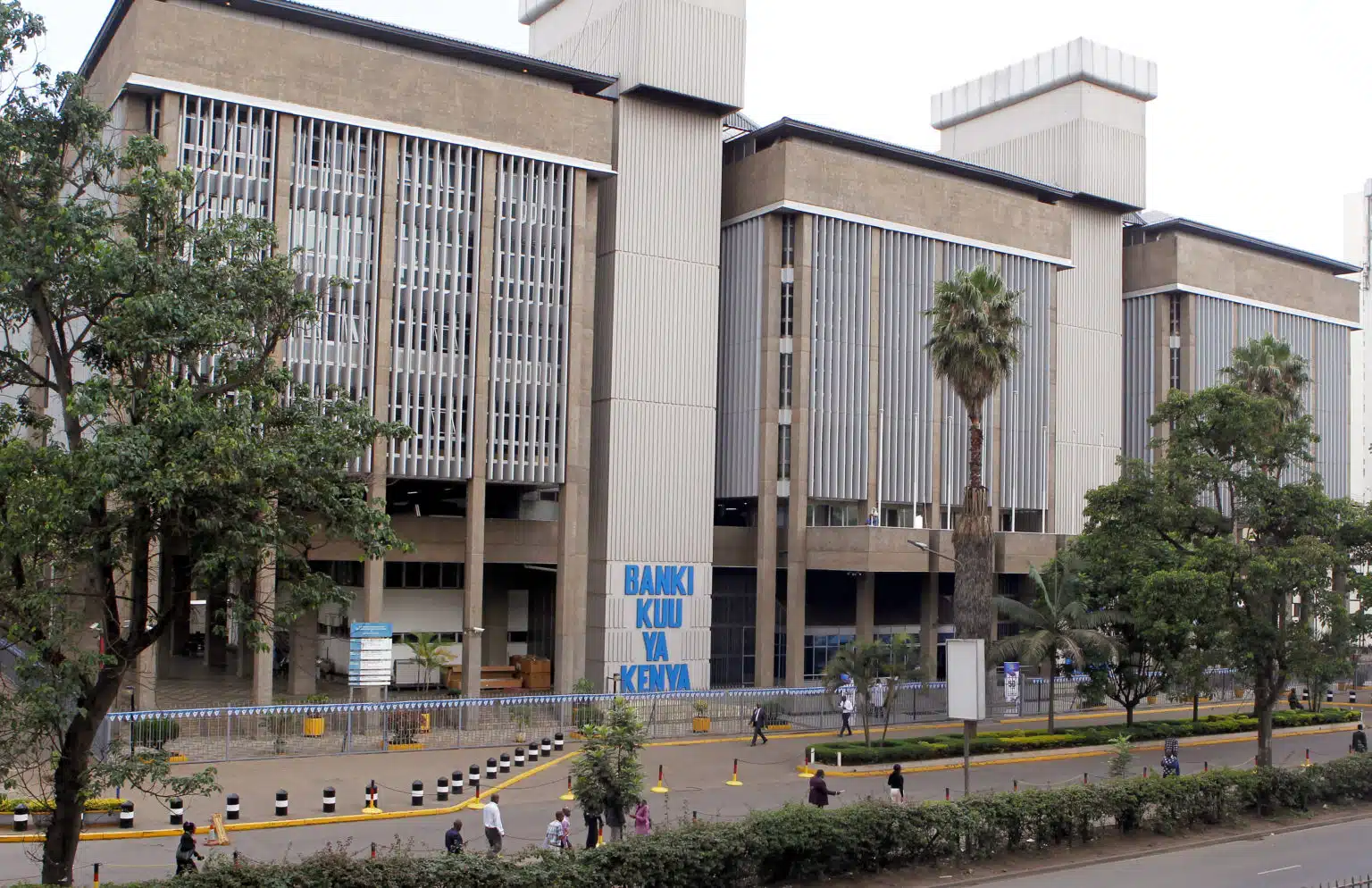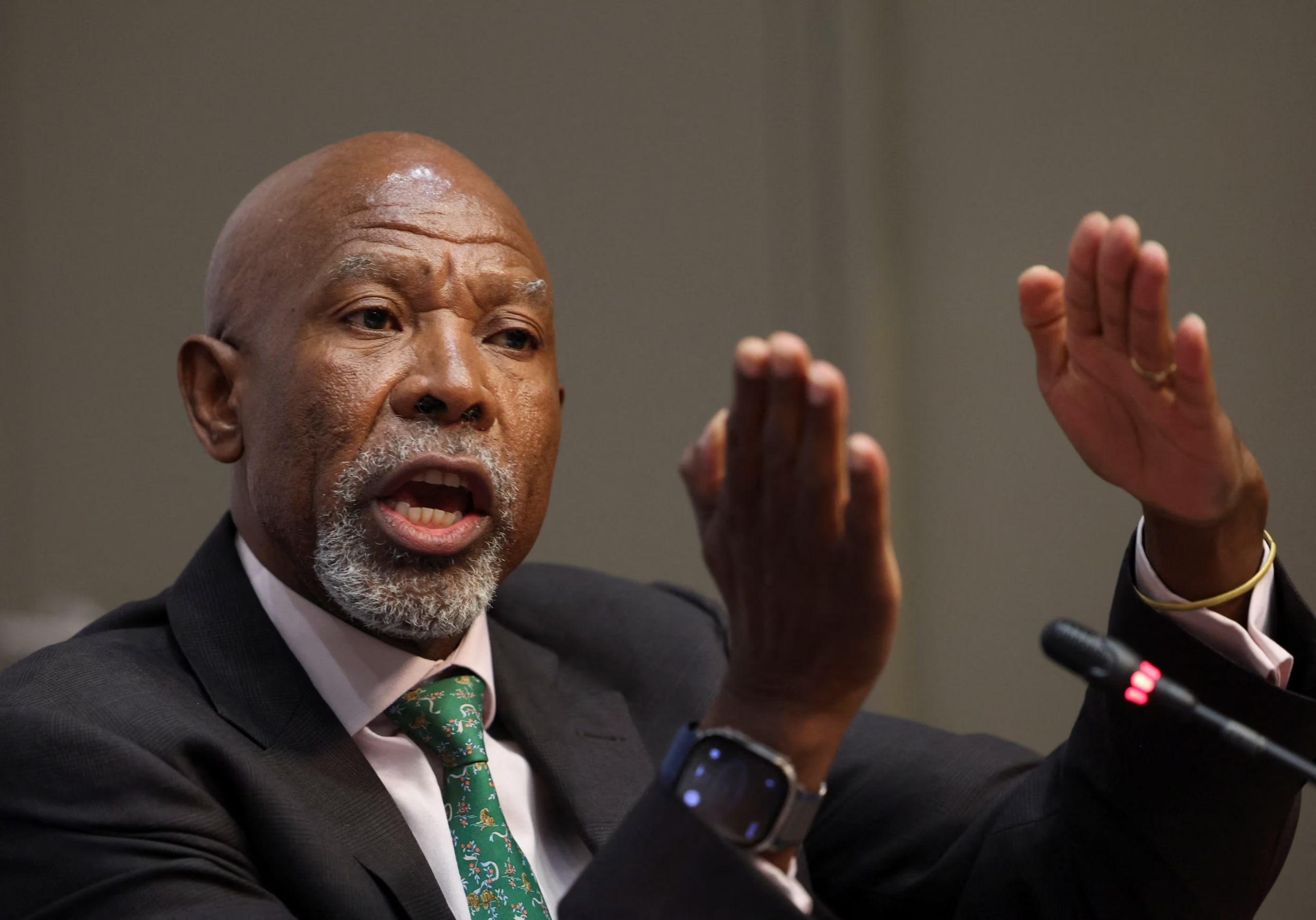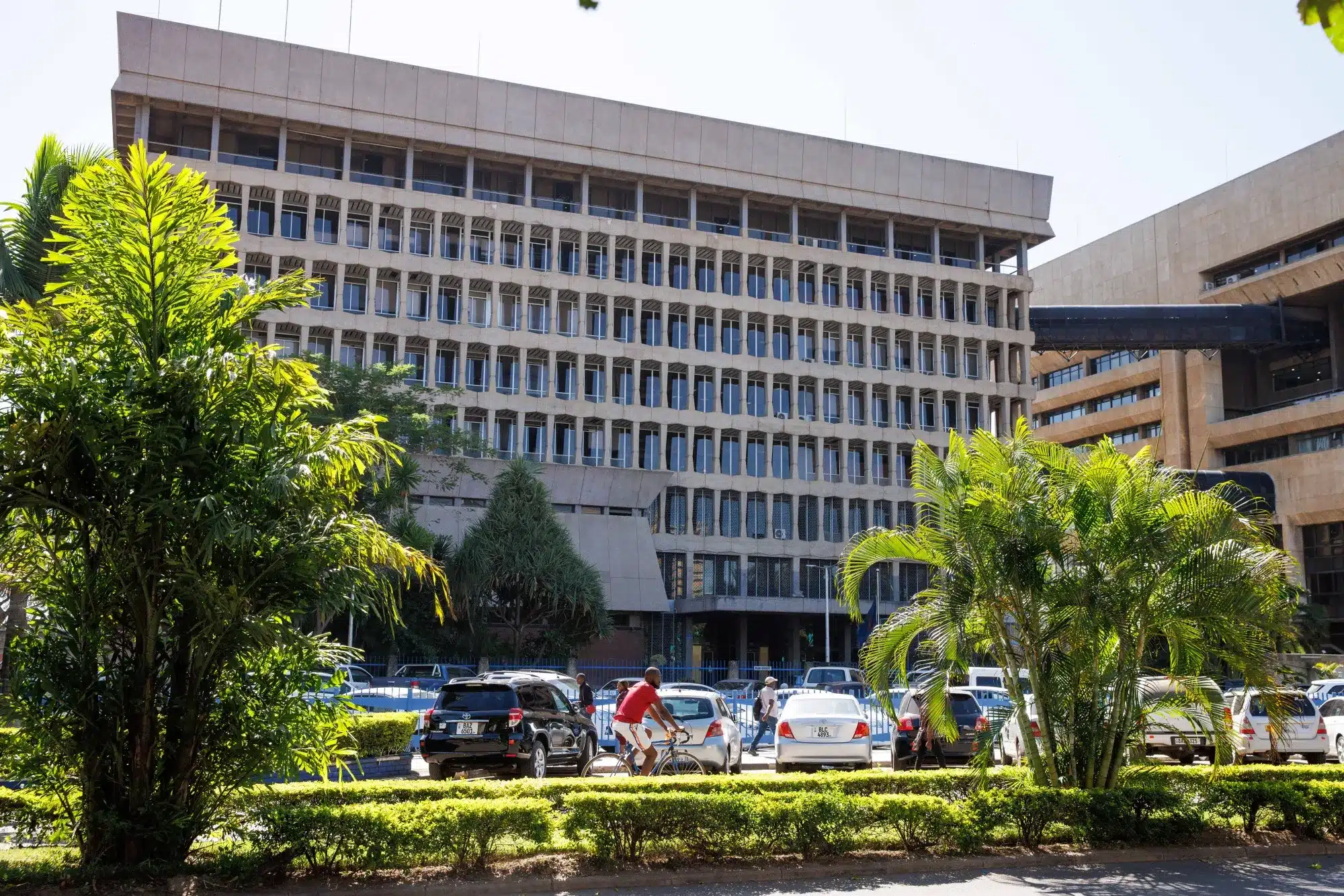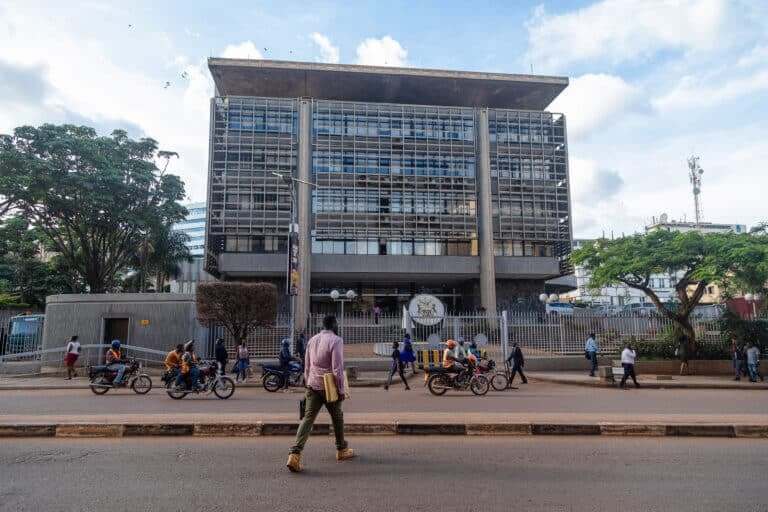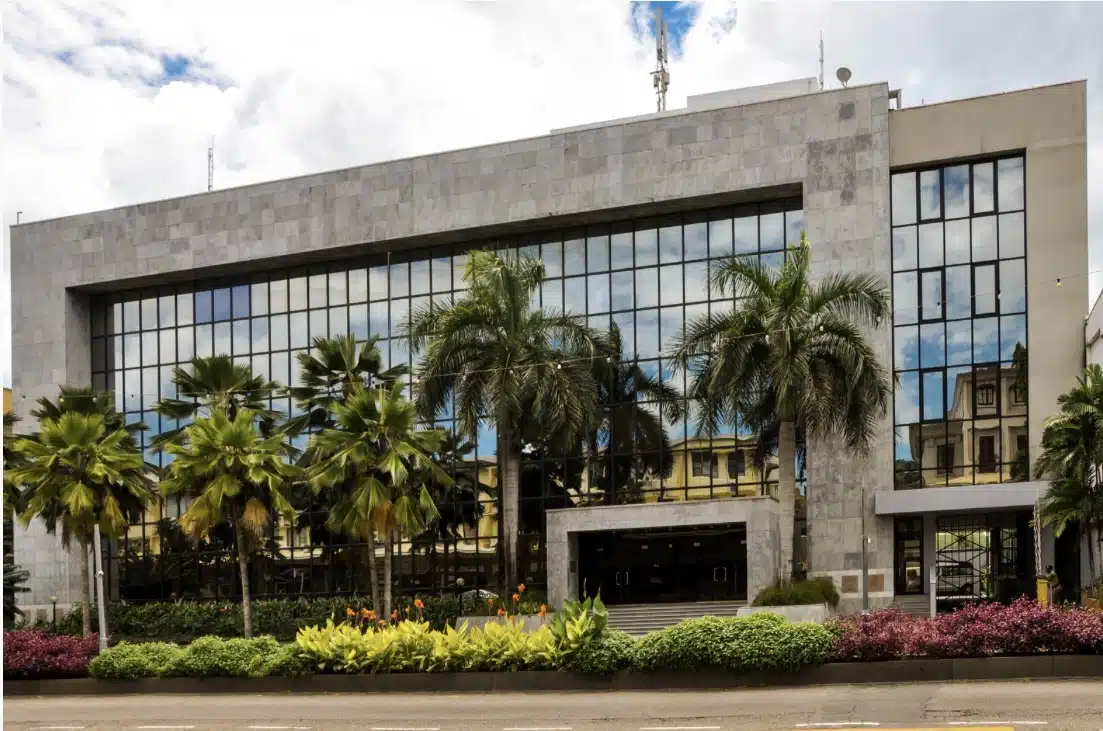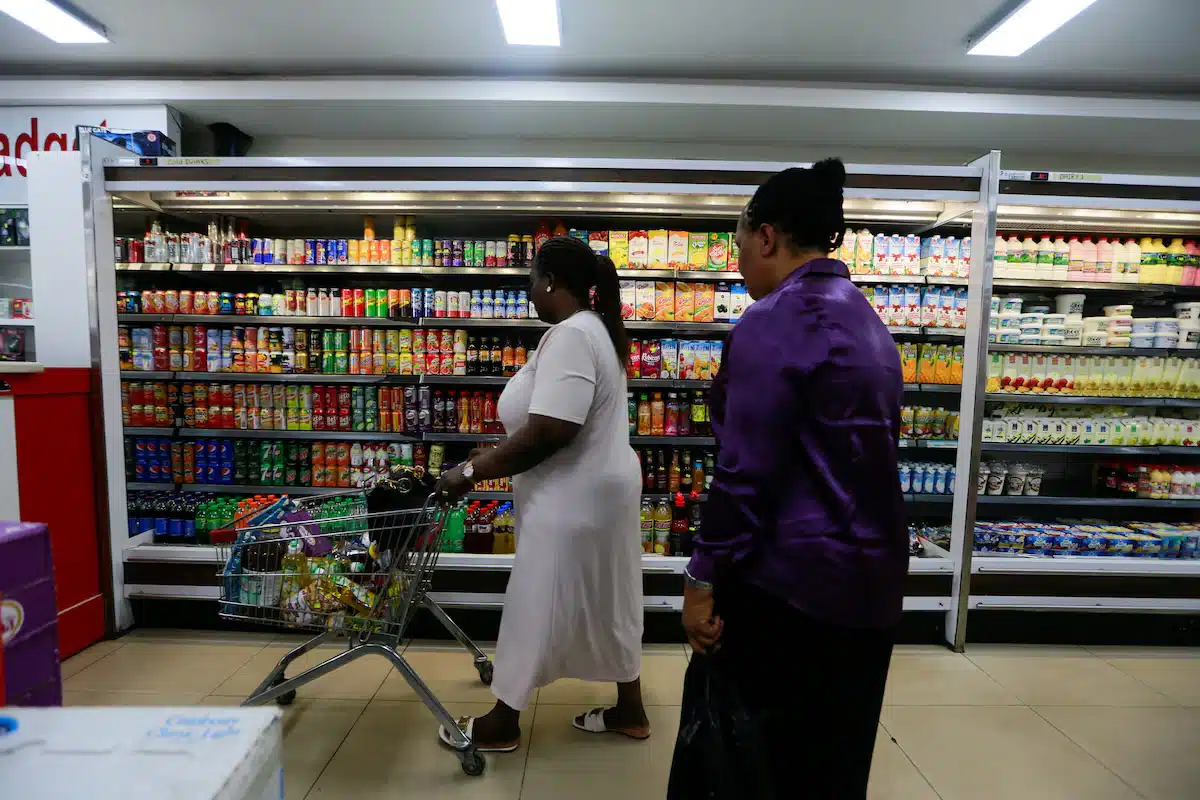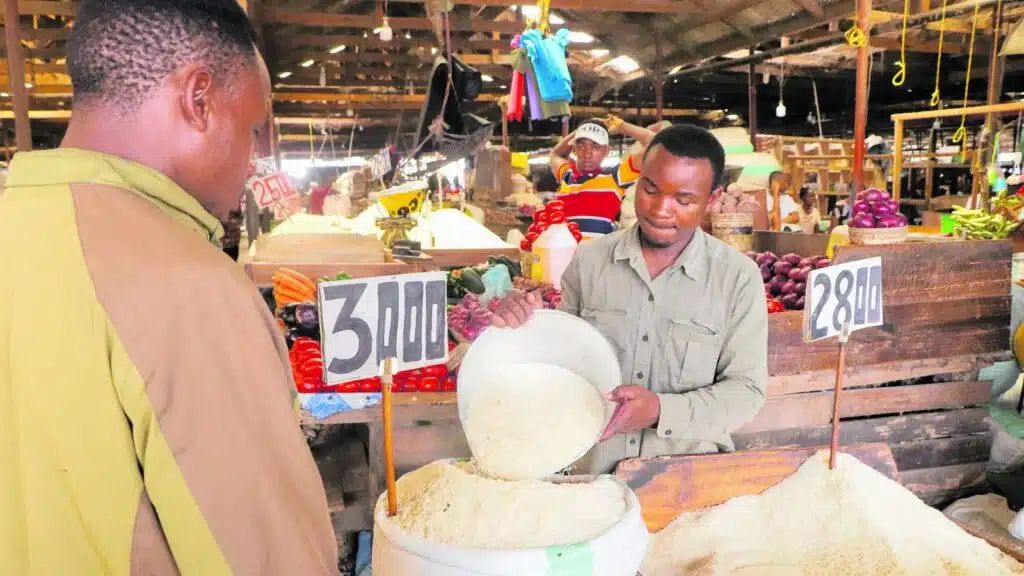Kenya’s central bank has lowered its benchmark lending rate for the eighth consecutive time, trimming it by 25 basis points to 9.25% despite an upward trend in inflation. This marks the lowest rate since June 2023, when lending costs were raised to the same level.
The Central Bank of Kenya (CBK) said the move will offer further support to credit expansion and sustain the country’s growth trajectory while ensuring that prices remain stable.
“The reduction in the Central Bank Rate (CBR) by 25 basis points will augment previous policy actions aimed at stimulating lending by banks to the private sector and supporting economic activity, while ensuring inflationary expectations remain firmly anchored, and the exchange rate remains stable,” the Monetary Policy Committee said in a statement on Tuesday.
The decision comes as the East African nation grapples with rising inflation.
Consumer prices rose to a 14-month high of 4.6%. September, up from 4.5% in August, driven mainly by higher food prices. This marked the third straight month of acceleration.
While core inflation, which strips volatile items, eased to 2.9% from 3% a month earlier, non-core inflation increased to 9.6% from 9.2% in August, reflecting rising costs of vegetables such as tomatoes, onions and cabbage.
However, overall inflation remains at the midpoint of the CBK’s 3-5% target band, supported by stable energy prices and continued exchange rate stability.
Growth momentum supports easing
Despite the continuous uptick, the central bank cited steady growth momentum and improving credit conditions as justification for further monetary easing.
Gross Domestic Product(GDP) data for the second quarter of the year showed real growth of 5.0%, up from 4.6% a year earlier, with gains recorded in agriculture, manufacturing, and key service sectors including transport, finance and communications.
Leading indicators point to faster expansion in the second half of 2025, with the economy projected to grow by 5.2% this year and 5.5% in 2026.
The CBK said private sector credit growth has improved, rising to 5% in September from 3.3% in August, helped by lower lending rates and stronger demand in manufacturing, construction and consumer durables. Average lending rates eased to 15.1% in September from 15.2% a month earlier.
External position remains broadly stable
Kenya’s external position also remains broadly stable. The current account deficit widened slightly to 2.1% of GDP in the 12 months to August, compared with 1.6% a year earlier, due to higher imports of capital goods. Foreign exchange reserves stood at $10.8 billion, equivalent to 4.7 months of import cover, providing what the bank described as an “adequate buffer against short-term shocks.”
The MPC maintained its optimistic outlook, saying the government’s fiscal consolidation efforts will reduce debt vulnerabilities and support long-term stability.
It also expects a new risk-based credit pricing model, set to fully take effect by March 2026, to enhance loan transparency and improve policy transmission across the banking sector.
Regional peers cut rates
The latest rate cut puts Kenya at par with regional peers such as Egypt and Nigeria, which have also eased policy to support growth.
Last month, Egypt reduced its overnight deposit rate for the fourth consecutive time this year to 21%, marking the lowest level in two years as macroeconomic conditions stabilised.
Nigeria also made its first rate cut in five years, slashing its Monetary Policy Rate by 50bps to 27% amid sustained disinflation.
On the other side of the continent, the South Africa Reserve Bank chose to leave its key interest rate unchanged at 7% as price risks remained.

